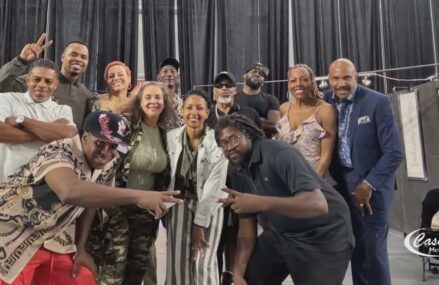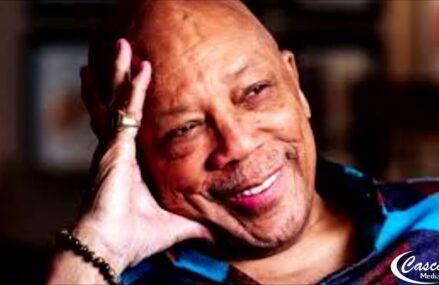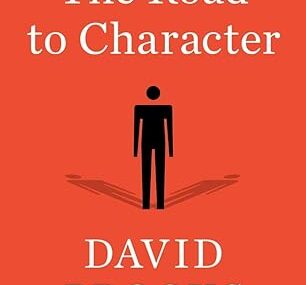Simone’s consciousness on the racial and social discourse was prompted by her friendship with black playwright Lorraine Hansberry.[54] The influence of Hansberry planted the seed for the provocative social commentary that became an expectation in Simone’s repertoire. One of Nina’s more hopeful activism anthems, “To Be Young, Gifted and Black”, was written with collaborator Weldon Irvine in the years following the playwright’s passing, acquiring the title of one of Hansberry’s unpublished plays.
Beyond the civil rights movement
Simone’s social commentary was not limited to the civil rights movement; the song “Four Women” exposed the eurocentric appearance standards imposed on black women in America,[55] as it explored the internalized dilemma of beauty that is experienced between four black women with skin tones ranging from light to dark. She explains in her autobiography I Put a Spell on You that the purpose of the song was to inspire black women to define beauty and identity for themselves without the influence of societal impositions.[56]
Throughout her career, Simone assembled a collection of songs that would later become standards in her repertoire. Some were songs that she wrote herself, while others were new arrangements of other standards, and others had been written especially for the singer. Her first hit song in America was her rendition of George Gershwin’s “I Loves You, Porgy” (1958). It peaked at number 18 on the Billboard magazine Hot 100 chart.[57]
During that same period, Simone recorded “My Baby Just Cares for Me”, which would become her biggest success years later, in 1987, after it was featured in a 1986 Chanel No. 5 perfume commercial.[58] A music video was also created by Aardman Studios.[59] Well-known songs from her Philips albums include “Don’t Let Me Be Misunderstood” on Broadway-Blues-Ballads (1964), “I Put a Spell on You”, “Ne me Quitte pas” (a rendition of a Jacques Brel song), and “Feeling Good” on I Put a Spell On You (1965), “Lilac Wine” and “Wild Is the Wind” on Wild is the Wind (1966).[60]
“Don’t Let Me Be Misunderstood” and she takes on “Feeling Good” and “Sinnerman” (Pastel Blues, 1965) have remained popular in cover versions (most notably a version of the former song by The Animals), sample usage, and their use on soundtracks for various movies, television series, and video games. “Sinnerman” has been featured in the films The Crimson Pirate (1952), The Thomas Crown Affair (1999), High Crimes (2002), Cellular (2004), Déjà Vu (2006), Miami Vice (2006), Golden Door (2006), Inland Empire (2006), and Harriet (2019), as well as in TV series such as Homicide: Life on the Street (1998, “Sins of the Father”), Nash Bridges (2000, “Jackpot”), Scrubs (2001, “My Own Personal Jesus”), Boomtown (2003, “The Big Picture”), Person of Interest (2011, “Witness”), Shameless (2011, “Kidnap and Ransom”), Love/Hate (2011, “Episode 1”), Sherlock (2012, “The Reichenbach Fall”), The Blacklist (2013, “The Freelancer”), Vinyl (2016, “The Racket”), Lucifer (2017, “Favorite Son”), and The Umbrella Academy (2019, “Extra Ordinary”), and sampled by artists such as Talib Kweli (2003, “Get By”), Timbaland (2007, “Oh Timbaland”), and Flying Lotus (2012, “Until the Quiet Comes”). The song “Don’t Let Me Be Misunderstood” was sampled by Devo Springsteen on “Misunderstood” from Common’s 2007 album Finding Forever, and by little-known producers, Rodnae and Mousa for the song “Don’t Get It” on Lil Wayne’s 2008 album Tha Carter III. “See-Line Woman” was sampled by Kanye West for “Bad News” on his album 808s & Heartbreak. The 1965 rendition of “Strange Fruit”, originally recorded by Billie Holiday, was sampled by Kanye West for “Blood on the Leaves” on his album Yeezus.
Simone’s years at RCA-Victor spawned a number of singles and album tracks that were popular, particularly in Europe. In 1968, it was “Ain’t Got No, I Got Life”, a medley from the musical Hair from the album ‘Nuff Said! (1968) that became a surprise hit for Simone, reaching number 4 on the UK Singles Chart and introducing her to a younger audience.[61] In 2006, it returned to the UK Top 30 in a remixed version by Groovefinder.
The following single, a rendition of the Bee Gees’ “To Love Somebody”, also reached the UK Top 10 in 1969. “The House of the Rising Sun” was featured on Nina Simone Sings the Blues in 1967, but Simone had recorded the song in 1961 and it was featured on Nina at the Village Gate (1962).[62][63]
Performance style From Wikipedia



